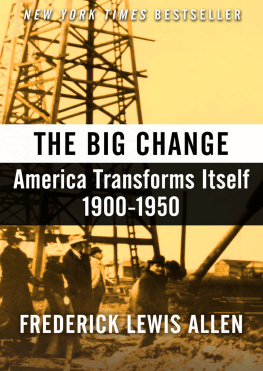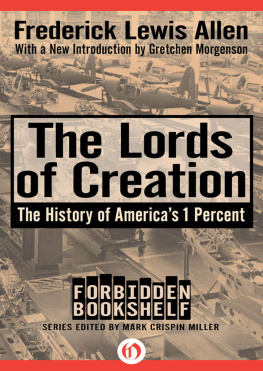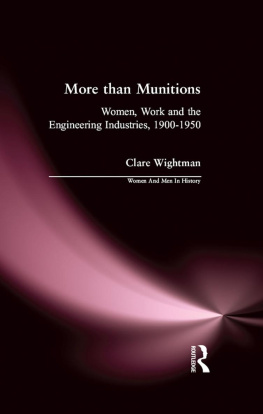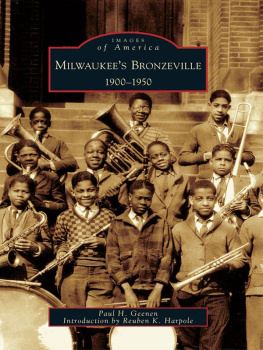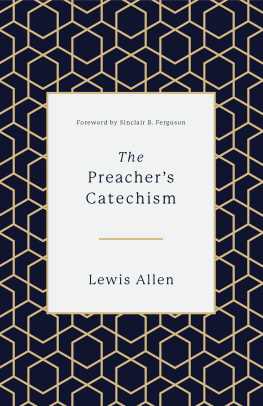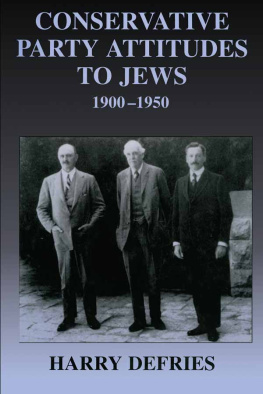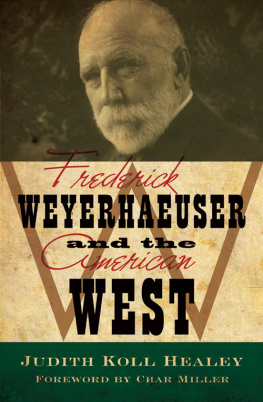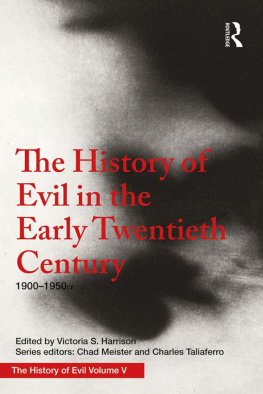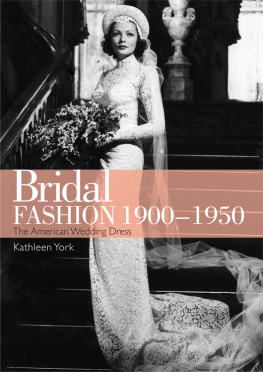Frederick Lewis Allen - The Big Change: America Transforms Itself, 1900–1950
Here you can read online Frederick Lewis Allen - The Big Change: America Transforms Itself, 1900–1950 full text of the book (entire story) in english for free. Download pdf and epub, get meaning, cover and reviews about this ebook. year: 2016, publisher: Open Road Media, genre: Art. Description of the work, (preface) as well as reviews are available. Best literature library LitArk.com created for fans of good reading and offers a wide selection of genres:
Romance novel
Science fiction
Adventure
Detective
Science
History
Home and family
Prose
Art
Politics
Computer
Non-fiction
Religion
Business
Children
Humor
Choose a favorite category and find really read worthwhile books. Enjoy immersion in the world of imagination, feel the emotions of the characters or learn something new for yourself, make an fascinating discovery.
- Book:The Big Change: America Transforms Itself, 1900–1950
- Author:
- Publisher:Open Road Media
- Genre:
- Year:2016
- Rating:4 / 5
- Favourites:Add to favourites
- Your mark:
- 80
- 1
- 2
- 3
- 4
- 5
The Big Change: America Transforms Itself, 1900–1950: summary, description and annotation
We offer to read an annotation, description, summary or preface (depends on what the author of the book "The Big Change: America Transforms Itself, 1900–1950" wrote himself). If you haven't found the necessary information about the book — write in the comments, we will try to find it.
Frederick Lewis Allen: author's other books
Who wrote The Big Change: America Transforms Itself, 1900–1950? Find out the surname, the name of the author of the book and a list of all author's works by series.
The Big Change: America Transforms Itself, 1900–1950 — read online for free the complete book (whole text) full work
Below is the text of the book, divided by pages. System saving the place of the last page read, allows you to conveniently read the book "The Big Change: America Transforms Itself, 1900–1950" online for free, without having to search again every time where you left off. Put a bookmark, and you can go to the page where you finished reading at any time.
Font size:
Interval:
Bookmark:

The Big Change
America Transforms Itself
19001950
Frederick Lewis Allen

FOREWORD
This book is an attempt to sketch some of the major changes which took place in the United States during the first half of the twentieth century.
Anybody who chooses such a subject has an immense canvas before him, on which any number of pictures may be painted. He may concentrate, after the manner of the old-fashioned history textbooks, upon American politics from McKinley to Truman. He may illuminate the contrast between the American position in foreign affairs in 1900 and our uncomfortably massive role half a century later. He may focus on American art, music, literature, or culture, or all of them together; or on the almost incredible advance in medicine and public health; or on the progress of science and technology. He may concentrate upon the waning of puritanism, the loosening of family ties, the reduced authority of parents, the increasing divorce rate, the economic and social and political emancipation of women. He may deal primarily with the changes in American thought about the nature of man and of God, the long decline in the prestige of organized religion, the mood of apprehension in which wars and rumors of wars have caused us to live, and the anxious search for spiritual security in a world full of desperate uncertainties.
Or else he may fix his chief attention upon the changes which have taken place in the character and quality of American life by reason of what might be called the democratization of our economic system, or the adjustment of capitalism to democratic ends; the way in which an incredible expansion of industrial and business activity, combined with a varied series of political, social and economic forces, has altered the American standard of living and with it the average Americans way of thinking and his status as a citizen.
I choose this latter theme for the central one of this book because it seems to me to be of central importance. This, after all, is the American story of the first half of the twentieth century. And I choose it for another reason: that I do not believe that the changes which I shall try to describe are as yet very widely understood.
That they are not understood abroad is demonstrated again and again. When Vishinsky or Gromyko or Malik berates the United States, talking, for instance, about lackeys of Wall Street, what he is doing is berating, exaggeratedly, the United States of 1900 rather than of today. If what he says makes an impression among many non-Communists in Europe, this is at least partly because a very large number of Europeans have been brought up on concepts of the United States long since outdated; and also because they and other Europeans, aware of the importance of business and of businessmen in the American scene, imagine that these, today, closely resemble their counterparts of a generation or two ago, and also behave like the business and businessmen of Europe. The mental picture of the United States that the average European carries about with him is lamentably irrelevant to the real United States of today.
Not only that: the changes that have taken place in the American business system and American life are not fully grasped even by most of us here at home. Our own concepts tend to date sharply, particularly when we get into arguments. The chairman of the board of a great corporation decides to say a few words on behalf of free enterprise and against socialism, and one is suddenly aware that the image of free enterprise in his mind looks more like an old-time country store than like the vast, co-ordinated, decentralized institution which he actually manages; and that the socialism which he excoriates is a textbook socialism quite different in direction and meaning from anything that has found a significant place in the American scene. The labor leader, in order to encourage the van and to harass the foe from the rear, decides to denounce management and the stockholders for their lust for profits and to arouse the embattled workers, and he too pulls out of a drawer a well-worn stencil, cut perhaps about the year 1920. And all of us, when we hear a phrase such as the American way of life, are likely to see in our minds eyes some pleasant aspect of the America we grew up in as boys and girls; and the older we are, the more anachronistic this mental picture is. It may be useful, therefore, to try to chart some of the changes that have taken place since those images were formed.
The story that I propose to tell has deep shadows in it. Some of those shadows are dark today. It is emphatically not a story of paradise gained. There is no certainty that we have yet learned how to avert economic catastrophe, to say nothing of military catastrophe. Yet in the main it is, I think, a heartening story. In these anxious times we can at least take satisfaction in recalling that the good old days for which some have always yearned were not so good; that we live, despite the wails of the pessimists, in an age of progress; and that it is alsodespite the stormy international skiesan age of promise.
F. L. A.
February 24, 1952
PART ONE
The Old Order
PART TWO
The Momentum of Change
PART THREE
The New America
CHAPTER 1A New Century Begins
I
On the morning of January 1, 1900, there was skating for New Yorkers in Van Cortlandt Park, and presently it began to snow. But the sharp cold had not chilled the enthusiasm of the crowds who, the night before, had assembled in Lower Broadway to celebrate either the beginning of the twentieth century or the beginning of the last year of the nineteenth: there was some disagreement as to the proper interpretation of the event, but none as to the size and liveliness of the gathering. The cable cars were jammed with people, Broadway in front of Trinity Church was well-nigh impassable, the crowds were dense in Wall Street as far down as the Subtreasury steps, and there was a great din of tin horns, punctuated from time to time by firecrackers. It had been a good year, and another one was coming.
In its leading editorial of January 1, the New York Times sounded an optimistic keynote. The year 1899 was a year of wonders, a veritable annus mirabilis, in business and production. it proclaimed. It would be easy to speak of the twelve months just passed as the banner year were we not already confident that the distinction of highest records must presently pass to the year 1900. The outlook on the threshold of the new year is extremely bright.
Uptown, in the mahogany-paneled library of his big brown-stone house at the corner of Madison Avenue and Thirty-sixth Street, John Pierpont Morgan, head of the mightiest banking house in the world and the most powerful man in all American business, sat playing solitaire as the old year drew to an end. During the next twelve months Morgan would buy paintings and rare books and manuscripts in immense profusion on a European trip; would have a temporary ballroom built beside his house to accommodate twenty-four hundred guests at his daughters wedding, and would begin negotiations with Andrew Carnegiethe twinkling little steelmaster whose personal income in 1900 would be over twenty-three million dollars, with no income tax to payfor the formation of the United States Steel Corporation, the biggest corporation that the world had ever seen. Morgan could not foresee all this now as he ranged the cards before him, but he was content. In the words of his future son-in-law and affectionate biographer, describing that very evening of December 31, 1899,
Font size:
Interval:
Bookmark:
Similar books «The Big Change: America Transforms Itself, 1900–1950»
Look at similar books to The Big Change: America Transforms Itself, 1900–1950. We have selected literature similar in name and meaning in the hope of providing readers with more options to find new, interesting, not yet read works.
Discussion, reviews of the book The Big Change: America Transforms Itself, 1900–1950 and just readers' own opinions. Leave your comments, write what you think about the work, its meaning or the main characters. Specify what exactly you liked and what you didn't like, and why you think so.

